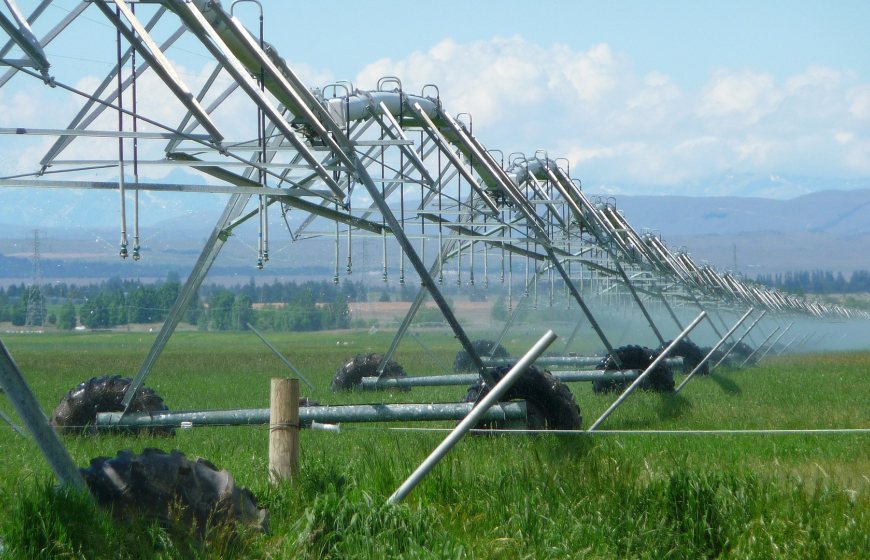
The global context of climate change and water crisis directly affects agricultural production in Chile. As a result, there is a requirement for smarter, innovative solutions that can ensure agricultural productivity while ensuring efficient and sustainable use of scarce water resources.
The study on the functioning and development opportunities of the agrifood industry in Chile, carried out through a collaboration between the Embassy of the Kingdom of the Netherlands in Chile and Sé Santiago Smart City, provides insight into the socio-economic and hydrologic context in which Chile’s agriculture industry operates and how scalable, sustainable technological solutions can further the country’s food security goals.
Water resources
In Chile, the effects of climate change have become increasingly visible through the increase in average and peak temperatures, new weather extremes, a decrease in rainfall, the advance of desertification, displacement of forests and retreat of glaciers. Currently, Chile has a strong agricultural sector, but many communities throughout the country suffer from permanent or temporary water scarcity challenges. This is major challenge as roughly 70 percent of available water resources in Chile is consumed by agriculture. The issue of ensuring adequate water reserves throughout the year is at the forefront of the climate adaptation discussion in Chile.
Digital revolution
“Agrotech” or “AgTech” has been defined as a sector of the knowledge economy that seeks to group new and varied technologies with applications in agriculture. This allows the development of a more sustainable, resilient and efficient agriculture.
Despite favorable conditions for food production, in terms of economic policies promoting export and regulation ensuring high standards of production and food quality and safety, Chile still finds itself under pressure to accelerate technological advances to meet future goals in terms of sustainable production. In order to promote technological development of irrigation systems, national legislation has been in place since 1985. The main objectives of this legislation is to provide incentives for development of irrigation projects which, in turn, can positively impact available water resources and a more sustainable exploitation of those scarce water resources. As a result, technified irrigated area in Chile in 2020 amounted to 600,000 hectares (of an estimated total of approx. 1.3 million hectares of cultivated land). However, it also had fueled discussions about biodiversity and an increase in monoculture agro production.
Characteristics of the agri-food sector
The agricultural production can be roughly divided into the following product groups: fruit, wine, cereal, horticultural and legumes / vegetables.
The Chilean agrifood production sector benefits from strong climatic diversity throughout the country, a stable political and regulatory environment and an economic framework that favors international expansion as well as accessibility of foreign direct investment. Finally, a strong institutional framework of public, private and academic stakeholders enables the agro-production and agro-technology sectors.
At the same time, challenges exist for different sizes of producers in terms of accessing financing and developing human capital. As a result, technological development opportunities are not equally distributed / accessible for all producers. Additionally, an ageing production sector, is challenged to adopt and implement new technologies. Furthermore, the enabling infrastructure needs to be improved, particularly in rural areas. Finally, there are water rights limitations, particularly for small-time producers.
Investment opportunities
Considering the current characteristics of the agri-food industry in terms of the use of infrastructures and production methodologies, it is expected that the closest opportunity to integrate digital technologies is the automation of irrigation and the overall introduction of smart water management tools and technologies, as well as the monitoring of soils and yield maps (through Geographic Information Systems), among other applications.
Get a copy of the study
If you are interested in receiving a copy of the report, please contact Frans Janssen of the Dutch Embassy in Chile via email to frans.janssen@minbuza.nl.